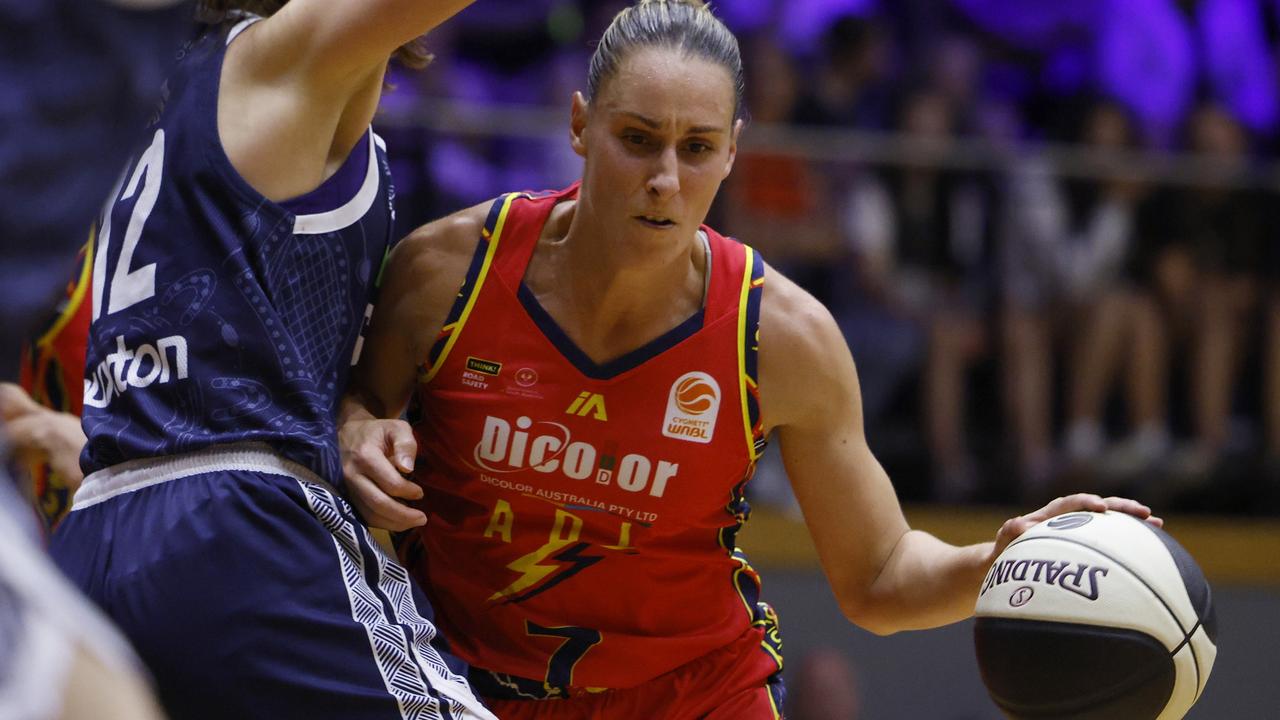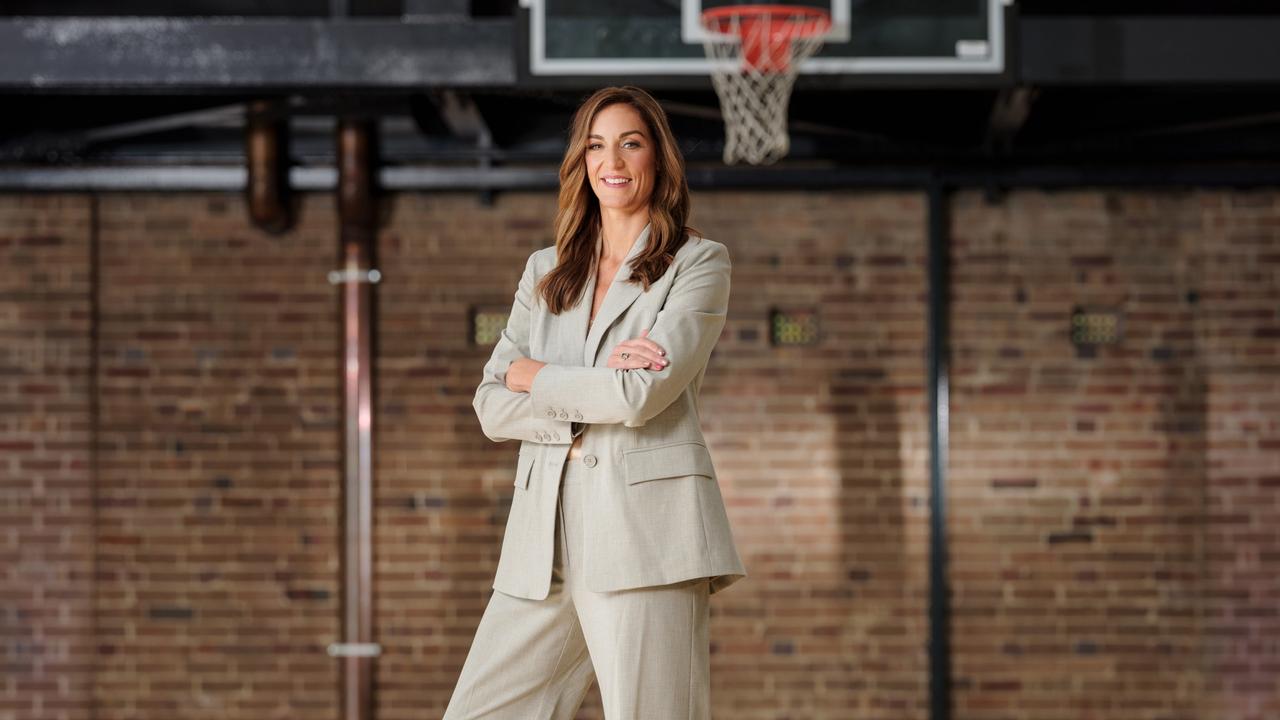Insight: Female football players donating brains in record numbers as CTE fears emerge
Evidence of CTE in deceased male athletes has caused a major rethink in male sport. An Insight investigation has found a record number of women have now pledged to donate their brains too.
CODE Insight
Don't miss out on the headlines from CODE Insight. Followed categories will be added to My News.
A record number of women have pledged to donate their brains to the Australian Sports Brain Bank since the discovery of CTE in former AFLW player Heather Anderson in July.
As experts predict a dramatic rise in brain injuries for female athletes in coming years, an Insight investigation has found that since Anderson was diagnosed as having Chronic Traumatic Encephalopathy (CTE), 15 women have vowed to give up their brains for research when they die.
That means that since the Brain Bank began its research six years ago at Sydney’s RPA Hospital, 15 per cent of all female pledges have been made in just the past six weeks.
The revelation comes as new research from Boston University found that 41.4 per cent of deceased athletes under 30 who donated their brains had CTE.

Anderson is the first female athlete in Australia diagnosed with CTE. The 28-year-old took her own life last November, and the disease was discovered when Brain Bank Associate Professor Michael Buckland sliced into her brain and found the matter which is known to cause mental illness and depression.
“I do think Heather will be the tip of the iceberg, as participation rates increase we’ll see more,” Prof Buckland said.
“I’m very grateful to her family for doing it.
“They understood how important it was to get that information out there.
“I couldn’t see any difference between Heather’s CTE and the other ones I’ve seen in males, it looked the same, and most of it appeared in the spots you commonly see in males.
“She’s one of the younger ones we’ve diagnosed, we’ve only diagnosed a few in their 20s.
“Probably since Jacinda Barclay and then particularly with Heather Anderson, there’s been a big uptick of females signing up to donate their brains.
“In the past it was very much men who were pledging to donate their brain.”
Usually one or two women a month pledge to donate their brains to the Sports Brain Bank. Since the announcement of CTE in Anderson’s brain, 15 women have pledged to donate, bringing the total number of women to 97 out of a total of 702.
While anecdotal evidence suggests women are twice as likely to suffer from concussion symptoms as men, experts warn that the data may be skewed because females are likely to be more honest about their health.
Neuroscientist and concussion expert Alan Pearce, an Associate Professor at La Trobe
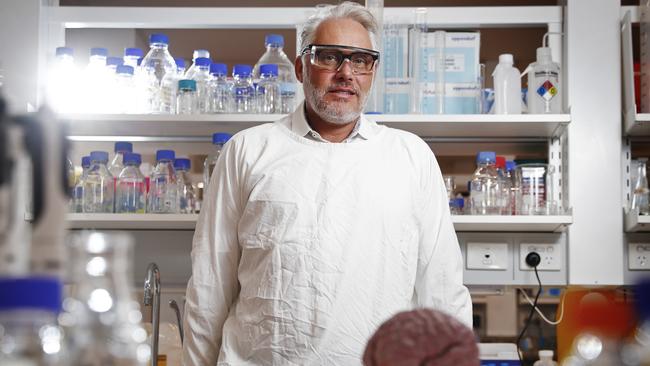
University, said: “I do get concerned that we’re playing the concussion differences to insinuate that women are weaker, we always see it as though women are easier to get concussed, they get worse symptoms, take longer to recover, in a framework that is casting women as weaker than men.
“A lot of it is based around self-reporting, so when we’re looking at the concussion assessments, they’re using the sports concussion assessment tool, which is a paper and pencil test which gets you to report your symptoms and the severity.
“I’ve published three papers now, we looked at attitudes and behaviours of exercise science students who play sport at all levels, and what we found was that the men were poorer in their reporting behaviours and their attitudes to concussions.
“We asked, ‘If you were able to hide your symptoms would you play?’ And the men were significantly more likely to do that than women.”
But with the rapid rise of women’s professional sport, experts agree that unless drastic measures are taken now, females will suffer similar kinds of brain trauma that is now plaguing a generation of male athletes.
“I am expecting to see the same sort of problems, in terms of early retirement due to concussion, and then a subset of them suffering persistent post-concussion symptoms that are quite disabling like we’re seeing in the male AFL players,” Prof Buckland said.
“In terms of CTE, we still don’t understand why in some people, this disease just ravages their brain when they’re in their 20s and 30s, whereas others seem to be fine until their 50s and 60s.
“We don’t understand why that occurs, but there’s a long age spectrum where the disease declares itself.
“I’d expect to see a gradual uptick of CTE cases that come to us that are female. That might take five or 10 years.”
Barclay, a former AFLW and American Football player, took her own life in Perth in 2020. She also donated her brain to the Brain Bank and while CTE was not found, there was evidence of significant brain trauma.
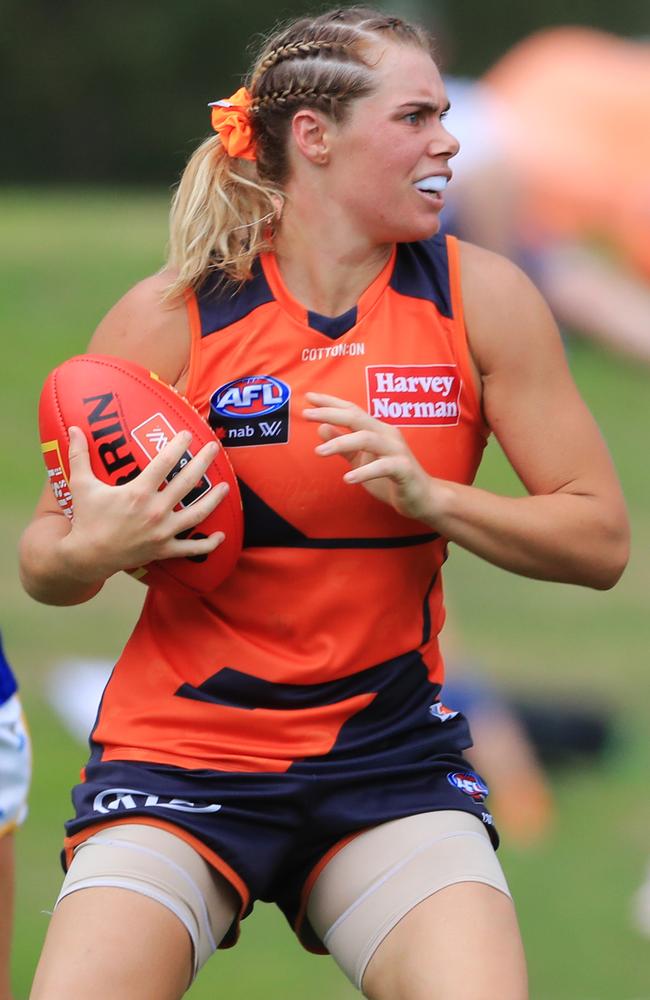
But the discovery of CTE in Anderson’s brain has triggered alarm bells that waves of women playing Aussie rules, rugby league and union, soccer and other contact sports could be facing a similar fate.
Brian Anderson, father of Heather, said: “As a medic in the Army and lifelong sportswoman, Heather would have been keen to be involved and keen to understand what has occurred.
“The diagnosis and subsequent publicity led me on a journey of research, looking at the range of academic papers and commentary on CTE. It has been eye opening.
“There seems to be more to CTE than concussion and head trauma; the cumulative effect of sudden movement of the brain inside the skull as a result of normal, legal contact between moving bodies needs to be acknowledged.
“The question of whether sportswomen may be more prone to CTE is one we must consider as a matter of urgency.
“I look forward to the important debate on how we can reduce unnecessary contact in the same way sports are dealing with concussion.
“We don’t really want Heather to be forever linked to only CTE. There is much more about her, who she touched and what she achieved, that is close to our hearts.
“We don’t really understand the link between CTE and Heather’s decision to take her own life but we trust that the donation and diagnosis will help with the understanding and management of brain trauma in contact sports.”
Dr Pearce is concerned that the explosion of money in women’s sports will encourage females to behave like their male counterparts.

“With the rise of the professionalism of women’s sport, my worry is that we’ve made so many mistakes with the men, we’re going to make the same mistakes with the women,” Dr Pearce said.
“These women are going to take on similar attitudes to men because they want to keep their contracts, they want to keep playing and get paid.
“You see already in sports where men and women compete against each other, horseracing, female jockeys will hide their symptoms in order to get that next ride because that’s what they get paid on.
“In both men’s and women’s cases, no one is thinking long term.”
It’s already happening.
During the investigation, Insight was told of three instances of women playing in Sydney rugby and rugby league clubs who were diagnosed with concussion, found ‘friendly’ doctors to clear them, and returned to play so they would not risk their contracts.
It is not illegal, but certainly poses a risk to their future health.
And because professional women’s sport is relatively new, particular within football codes, the data will take some time to catch up to the surge of participants, creating a dangerous gap in knowledge.
“There is more calling for research, but the reality is that it’s still very male-dominated,” Dr Pearce said.
“There are studies starting up but it’s going to take some time, so the problem is there’s lag time with female-focused researched, because research doesn’t happen overnight.
“I think what we’ll start seeing over the next couple of years is there’ll be a lot more female-focused research being published.
“We’re not getting enough funding to do the research.
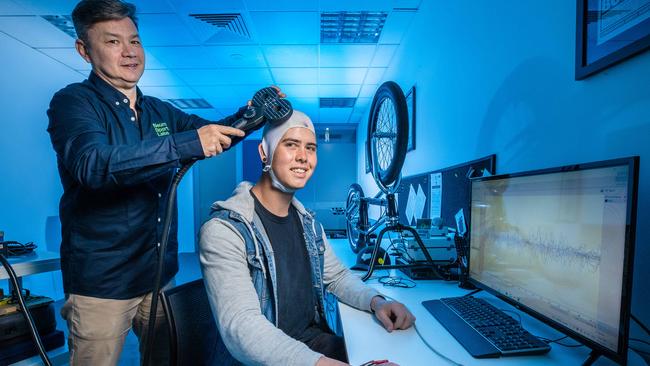
“We don’t know very much at all because no one is actually investing in the research to help us understand.
“We want more girls and women to participate in these sports, but if we’re not doing the research in order to help with brain injuries and concussions, then it means girls and women may not play these sports.
“If there are sex differences, we may need concussion recovery protocols that are male and female specific, but we don’t know yet.
“We don’t want players coming back prematurely, and potentially doing more micro-damage to a brain that hasn’t fully recovered, or there is increasing risk of muscular-skeletal injury. We know when someone is concussed, their risk of a knee or ankle injury, or a hamstring tear, is increased three-fold because the brain hasn’t fully recovered.”


